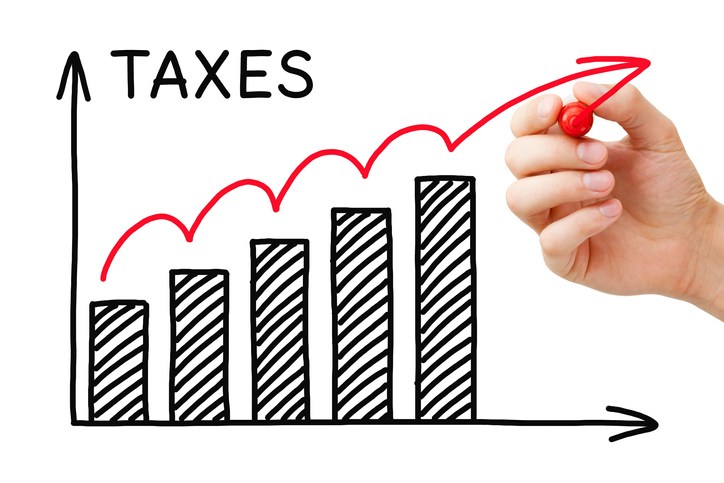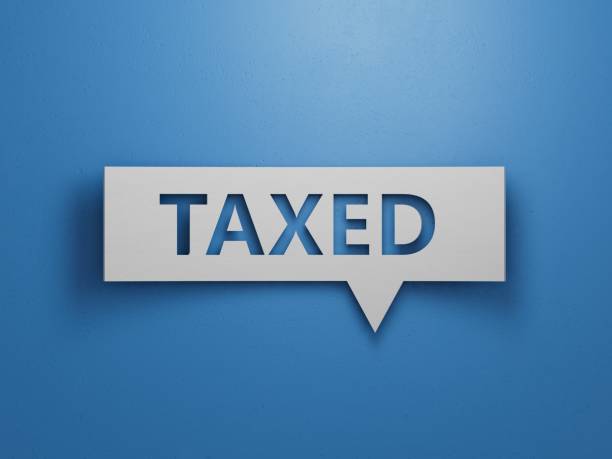The Economic and Revenue Forecast Council recently released its annual “Washington State Economic Climate Study.” The report is charged with weighing a series of benchmarks under four main indicators (Innovation Drivers, Business Performance, Economic Growth and Competitiveness, Quality of Life) that are supposed to characterize the competitive environment of the state and measuring how Washington compares with other states.
The lackluster conclusion of the report is that “there were no categories where Washington’s performance showed exceptional improvements or declines,” and that “Washington’s ranking among the states declined.” Translation—Washington is falling behind the competitiveness curve as other states do a better job at improving their standing as a better place to live and do business.
I was asked by the Senate Trade & Economic Development Committee to offer WPC’s analysis of the report and how useful it is in determining Washington’s competitive standing in relation to other states.
Joined by representatives of the business community, I testified that while the report contains some useful “benchmarks” and “indicators,” it leaves out a number of important cost drivers that must be taken into consideration when weighing the cost of doing business in this state. For example, the report lacks any mention of the costs imposed on businesses by our state’s regulatory system, even though numerous state agency and commission studies say our state’s regulatory system is a significant and costly burden for existing businesses and a barrier to encouraging new businesses to the state.
Also concerning is the report’s analysis of Washington’s workers’ compensation system.
The report relies exclusively on the Oregon Consumer & Business Services “Premium Rate Ranking Study.” It is widely acknowledged that this study does not provide an accurate measure of Washington’s workers’ compensation system costs and our state’s premium rate ranking. The Oregon study is an apples-to-oranges comparison of Washington’s premium costs to other states.
Because of the uniqueness of Washington’s workers’ comp system, a good apples-to-apples system of cost comparison simply does not exist.
The Forecast Council’s report references two of the irregularities of Washington’s workers’ comp system—Washington is the only state where employers may charge workers a portion of workers’ comp premiums, and our system is a state-run monopoly. But not mentioned in the report are the other very important ways in which our state’s system is unique. Washington pays the most generous workers’ comp benefits in the nation (and the medical benefits, as a percentage of total benefits paid, are the lowest of any state). Washington does not use standard industry classifications. And Washington is the only state that calculates workers’ comp premiums based on hours worked, not payroll.
It is this last difference that really makes the Oregon Study an unreliable measure and comparison of our state’s workers’ comp costs. Even the authors of the Oregon study acknowledge the difficulty of comparing Washington’s premium costs with other states because hourly rates have to be converted to payroll rates.
In addition to this difficulty, the industry sample used in the Oregon study reflects Oregon’s mix of industries, which is very different than Washington’s. And Washington has nearly three times as many self-insured employers than Oregon, whose costs are not included in the study. Add to that our unique industry classifications and you get an apples-to-oranges comparison.
Another thing to keep in mind about the Oregon study is that it includes years in which the state Department of Labor & Industries (L&I) used contingency reserve funds to buy down, or artificially suppress, the workers’ comp premium rate increase needed to sustain the system. For example:
- In 2010 L&I needed to increase rates 19.4% to keep the system at break even, but the agency bought that rate down to 7.6%;
- In 2011 a 17.8% rate increase was needed, but 12% rate increase was adopted.
Had the actuarially indicated rate increases that reflect the true costs of the workers’ comp system been used in the Oregon study, Washington’s ranking in previous years would have been much worse. So when the Forecast Council’s report says that Washington’s average workers’ comp premium rate of $2.06 per $100 of payroll for the period from 2006 through 2014 was below the national average of $2.15, ranking us 23rd among states, it is not painting an accurate picture of our system’s true cost.
Incidentally, it is L&I’s consistent use of contingency reserve funds to keep rates below-cost that has resulted in employers and workers shouldering a workers’ compensation rate increase this year instead of the 3.4% rate decrease that would keep the system at break even. After years of drawing down the contingency reserve fund to keep rates artificially low, the agency must now charge employers and workers more to shore up the fund.
Of course, even using L&I’s artificially suppressed rate increases, Washington’s rank in the Oregon study has declined precipitously in recent years, from 38th in 2008 to 17th highest today.
The bottom line is that while efforts to assess the state's business climate and competitiveness are appreciated, the Forecast Council's report would be much more useful if it included a comprehensive overview of the major cost drivers for our state’s businesses, and consider those cost drivers accurately.




